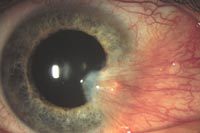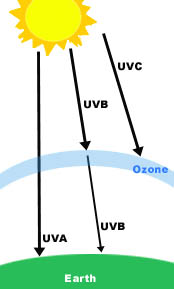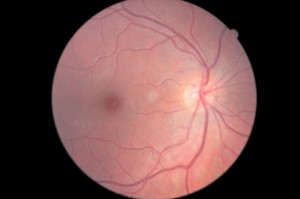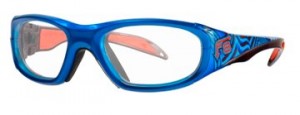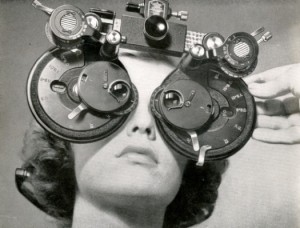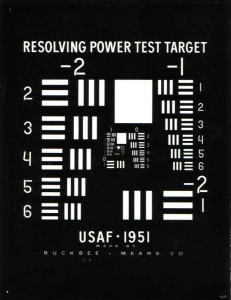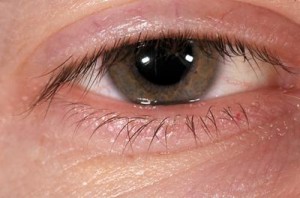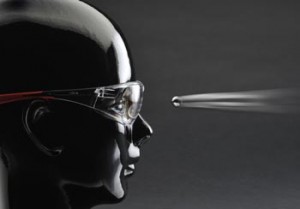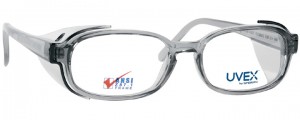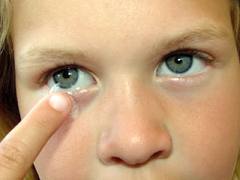How does UV affect the eyes?
One of the most common conditions I see due to UV radiation is pinguecula. This is a raised nodule that appears on the white of the eye. It can become inflamed, discolored, and dry with chronic sun exposure.
Pterygium is a similar condition to pinguecula, but is grows onto the cornea (the clear part of the eye). Pterygia can grow and affect the vision. Removal is possible, but there is a high recurrence rate.
Photokeratitis is like a sunburn on the cornea, also known as “snow blindness.” Photokeratitis is directly attributed to environmental UV radiation exposure and generally occurs 8 to 24 hours after being in the sun. It is more typical in individuals who have not used sunglasses or hats. The primary symptoms include photophobia (extreme sensitivity to light) and pain.
One of the causes of cataracts is UV exposure. The crystalline lens is made up of proteins. These proteins can be altered or denatured by exposure to UVB or UVC radiation.
Age Related Macular Degeneration (ARMD) is another eye condition associated with UV exposure. The worldwide prevalence rate of ARMD resulting in impairment and blindness is 8.7%, making it one of the most common causes of blindness in patients over age 60. Studies have shown that many individuals with macular degeneration have had greater UV exposure over their lifetime.
Skin Cancers can present on and around the eyelids. Removal and excision is complicated by the importance of proper blinking and eyelid closure. Malignant melanoma can appear in the choroid (under the retina), the iris (colored part) and the conjunctiva (white of the eye). These tumors can be very aggressive. In fact, malignant melanomas of the choroid are the most common intraocular malignancy.
To read more about how the eyes are effected by UV Radiation click here.
